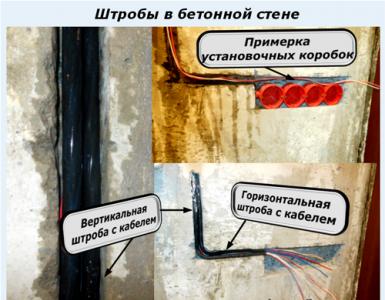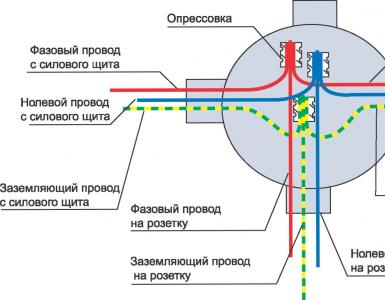Thermostat for a heating radiator: 3 known types
Sometimes there is such a desire, or even a need, to adjust the temperature in each individual room. Of course, this can be done by installing a special device on the radiator - a thermostat, or as it is also called a thermostat. This is a very small device that can regulate the heat output of a radiator designed for heating. It is suitable for all batteries except cast iron. The temperature regulator can only lower it, and not vice versa.
Thermostat for heating batteries: device
The radiator adjustable sensor consists of two main parts - a valve and a thermal head. Such products are made for different pipe diameters and types of system heating. The thermostatic element is removable, so different types of regulators can be installed on the thermostatic valve. The seat is standardized.
The thermostat can work when using a working medium, gas or liquid state. Therefore, they are divided into liquid and gas-filled. Both types are considered high-quality products, but liquid ones are more in demand, so their range is much more diverse.
A thermocock is an ordinary valve consisting of a metal body with a hole, as well as a cone and a seat. The locking mechanism in this system is a cone, which, in turn, rises and falls under the influence of the coolant.
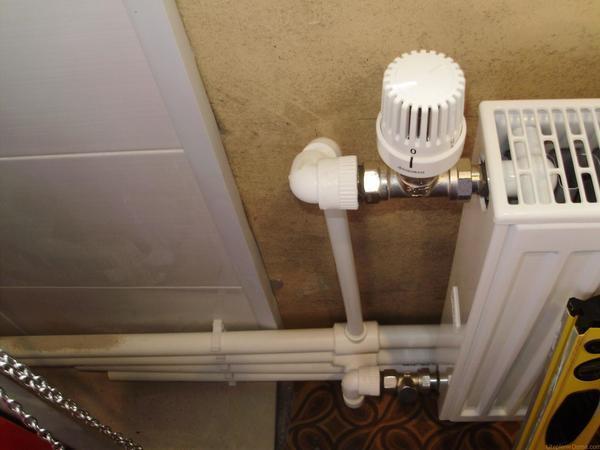
The internal structure of this product:
- thermostatic head;
- Valve;
- Thermal bulb;
- Stock;
- Spindle;
- Buksa.
The thermal head is a regulator of the device, with the help of it the battery has a certain temperature regime, it is a replaceable part. Valves are divided into two types: for one-pipe systems or two-pipe. For each system, it is imperative to choose the right model.
Thermostat for heating and its varieties
A thermostat is a device that can maintain a certain temperature at a constant level. For the manufacture of such a device, very durable and reliable materials are used: bronze, stainless steel and brass.
Stainless steel is the best option for such a device. They are non-corrosive, durable and chemically neutral. However, stainless steel products are quite decent. Brass and bronze devices are cheaper, but also of high quality.
A temperature sensor suitable for your heating system must be purchased in advance. If the device is connected to an already installed radiator, then its efficiency may decrease.
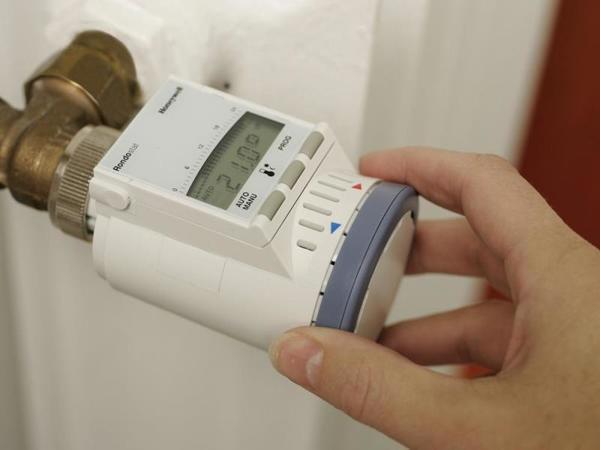
Varieties of thermostats:
- Manual;
- Auto;
- Mechanical.
The automatic thermostat is the most convenient of the devices, so it is the most popular. Using such a sensor is very easy, you just need to put it in the right place. You can put it on the device itself or at the inlet in front of the radiator. A manual device is controlled only with someone else's help. You can also find another type - this is an electric regulator that runs on batteries. Such a device has a large size and many additional functions. For example, he is able to set the temperature by the hour in the room you need. This is a very convenient but expensive device.
Temperature controller on a heating radiator: advantages
Otherwise, such a device can be called a radiator thermostat. From itself, it is a special unusual mechanism that is attached to the inlet of the radiator and regulates the temperature entering the battery.
Modern thermostats fit very well into the interior of any room, its design allows it. They are easy to manage, creating a comfortable thermal regime in the house. Such products can be easily installed on both new and existing heating systems.
The temperature range of the thermostat ranges from 5 to 27 degrees. The device warns of excessive heating of the air in the room. In a room where the thermometer shows a high temperature, the regulator will be able to lower it by adjusting the supply of coolant to the batteries.
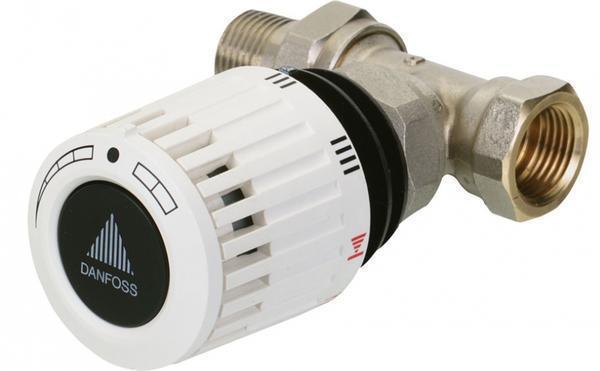
Advantages of the temperature controller:
- Durable, service life, properly installed, this product is very long;
- Economical, able to reduce fuel consumption up to 25%;
- Convenient, easy to install;
- Well maintains a certain comfortable temperature regime.
It must be remembered that a reliable thermostat must have a quality certificate with you. And yet, this device is not suitable for a cast-iron radiator.
Installing a thermostat on a heating radiator: instructions
In order for the thermostat to work without problems and efficiently, it must be correctly and accurately installed, and then configured. This device should not be closed so that it is easy to reach. Installation must be perpendicular to the radiator.
Another nuance of the installation: before starting it, it is imperative to drain the water from the system. But in the non-heating season, temperature regulators can be fully opened, which will save them from deformation and pollution.
You can install such devices even in an apartment building. Installation is carried out by hand in a certain sequence. To do this, you will need instructions.
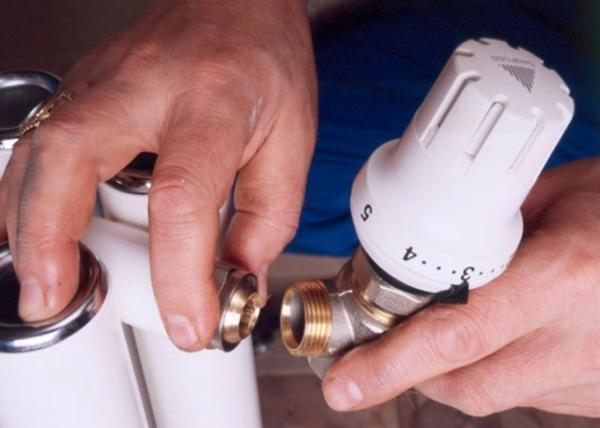
Sequence of work:
- First, you need, at a short distance from the battery, cut off the horizontal pipes and disconnect them;
- Remove the tap, if it was installed before this case;
- Now, you need to screw into the battery plugs, a new valve, its nuts and shanks, as well as a temperature control device;
- Install, in the place of your choice, the assembled piping;
- This piping is then connected to horizontal pipes;
- After that, a radiator with a thermostat must be connected to the main riser.
Do not install the thermostat in a vertical position, as it will be exposed to heat from the battery. The distance from the floor should be about 0.8 m. A house with many floors will be easier to equip with this equipment if you start from the top, but apartments - from the southern rooms. Usually the regulator is attached to the upper pipe, and the valve is certainly attached to the lower one. Dismantling the design of the device will not be difficult.
Setting the thermostat: step-by-step actions
In order for the device to work without interruption, very correctly and at the same time maintain a certain temperature, it is necessary to make the necessary settings. The heated room must be closed and a thermometer installed in the right place, it will show the correct temperature regime.
Many companies care about the quality of their product, so they provide special certificates and instructions. Danfoss is the most well-known manufacturer of thermostats. She has the highest quality assurance.
The heat setting is done manually. If there is heating and temperature control in the radiator, it means that the device works perfectly.

We make the setting:
- Close all windows and doors tightly in the room where the check will take place;
- Turn the regulator until the valve is fully open;
- While the radiator is being filled with coolant, you need to install a thermometer;
- We wait until the air warms up and the thermometer shows an increase in temperature, at least by 6 degrees, then we will be forced to close the valve;
- When the desired temperature is reached, we begin to slowly open the tap until noisy water is heard and the device itself warms up. Then you need to stop turning the valve, as the position is selected.
Usually, small marks (numbers) can be seen on the cap. They are for guidance. Adjusting the appliance is a very simple task, but thanks to it you can create a cozy and comfortable atmosphere at home.
How to install a thermostat on a battery (video)
The use of thermostats together with the heating system can provide convenient and comfortable temperature control in a separate room, which becomes an opportunity to save energy. Each heating system must have thermostats that are mounted in front of the batteries and directly perform their technological functions. You can choose this device from the Heizen catalog.
Attention, only TODAY!


